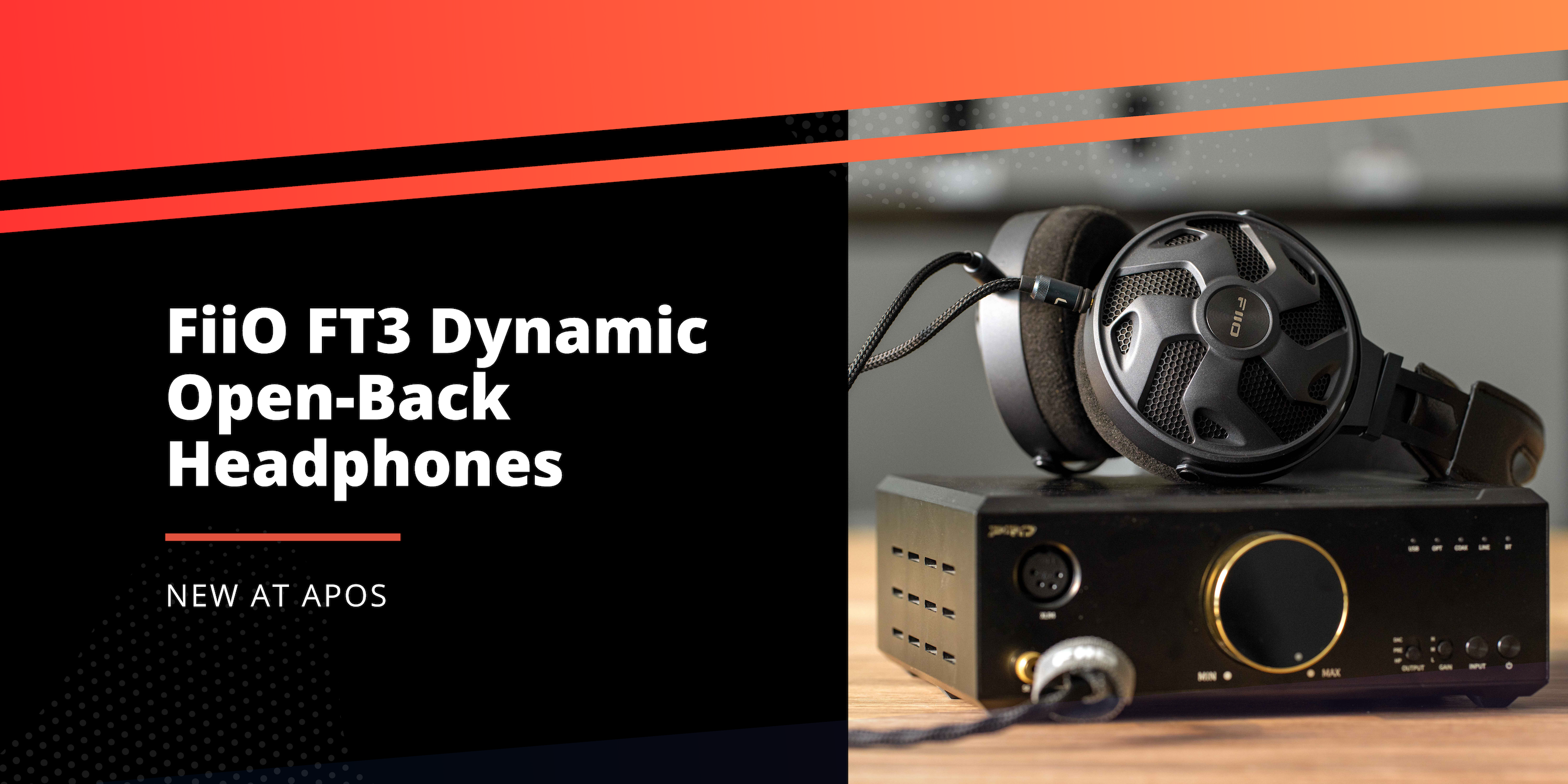
Planar Magnetic vs. Dynamic Drivers?
Introduction
When diving into the world of high-quality headphones, you're likely to come across two primary driver types: planar magnetic and dynamic drivers. Each driver technology has its distinct characteristics that contribute to a unique listening experience. In this blog post, we'll explore the differences between planar magnetic and dynamic driver headphones to help you make an informed decision.

Planar Magnetic Headphones
Planar magnetic headphones use a flat, thin diaphragm with a conductive trace pattern sandwiched between two magnetic arrays. When an electrical current flows through the conductive trace, it creates an electromagnetic force that moves the diaphragm, producing sound waves.
Advantages of Planar Magnetic Headphones:
- Accuracy and detail: Planar magnetic drivers are known for their precise sound reproduction, delivering exceptional detail and accuracy across the entire frequency range.
- Low distortion: The uniform magnetic force distribution and low mass diaphragm result in minimal distortion, even at high volume levels.
- Fast transient response: Planar magnetic drivers can react quickly to changes in the audio signal, providing a fast transient response that enhances clarity and detail.
- Wide frequency response: Planar magnetic headphones are capable of reproducing a wide range of frequencies, from deep bass to airy treble.
Disadvantages of Planar Magnetic Headphones:
- Weight and size: Planar magnetic headphones tend to be bulkier and heavier than their dynamic counterparts due to the larger magnet arrays and driver design.
- Amplification requirements: Planar magnetic headphones often have higher power requirements, making them less efficient and potentially necessitating a dedicated headphone amplifier for optimal performance.
Best used for:
- Critical listening: Due to their accuracy and detail, planar magnetic headphones are ideal for situations where every nuance matters, such as professional audio work, sound engineering, or music production.
- Home listening: With their wide frequency response and low distortion, planar magnetic headphones provide an immersive and high-quality listening experience, perfect for enjoying your favorite music or movies at home.
Dynamic Driver Headphones
Dynamic driver headphones are the most common type of headphones, utilizing a small diaphragm (or driver) attached to a voice coil. The voice coil is suspended within a magnetic field, and when an electrical current flows through the coil, it generates a magnetic force that moves the diaphragm and produces sound waves.
Advantages of Dynamic Driver Headphones:
- Affordability: Due to their widespread use and simpler construction, dynamic driver headphones are often more affordable than planar magnetic models.
- Portability: Dynamic driver headphones are generally lighter and more compact, making them easier to transport and more comfortable for extended listening sessions.
- Efficiency: Dynamic drivers are typically more efficient than planar magnetic drivers, meaning they can achieve satisfactory performance levels without requiring a dedicated amplifier.
- Compatibility with tube amps: Dynamic driver headphones often pair well with tube amplifiers, providing a warm and engaging sound signature.
Disadvantages of Dynamic Driver Headphones:
- Narrower frequency response: While some dynamic driver headphones can deliver a wide frequency response, they may not always match the range of planar magnetic headphones.
- Potential for distortion: Dynamic drivers can be prone to distortion at higher volume levels, particularly in the lower frequency ranges.
Best used for:
- Relaxed listening: Dynamic driver headphones are a popular choice for casual listening sessions, thanks to their warm sound signature, impactful bass, and compatibility with tube amplifiers. They're great for enjoying music, podcasts, or audiobooks during commutes, at work, or while relaxing at home.
- Fitness and sports: Due to their portability and lighter weight, dynamic driver headphones are a suitable option for those who want to enjoy music during workouts, runs, or other physical activities.
Conclusion
In conclusion, the choice between planar magnetic and dynamic driver headphones largely depends on your personal preferences, budget, and listening habits. If you prioritize accuracy, detail, and low distortion, planar magnetic headphones might be the perfect choice. However, if you're looking for a more affordable, portable, and efficient option, dynamic driver headphones could be a better fit.



